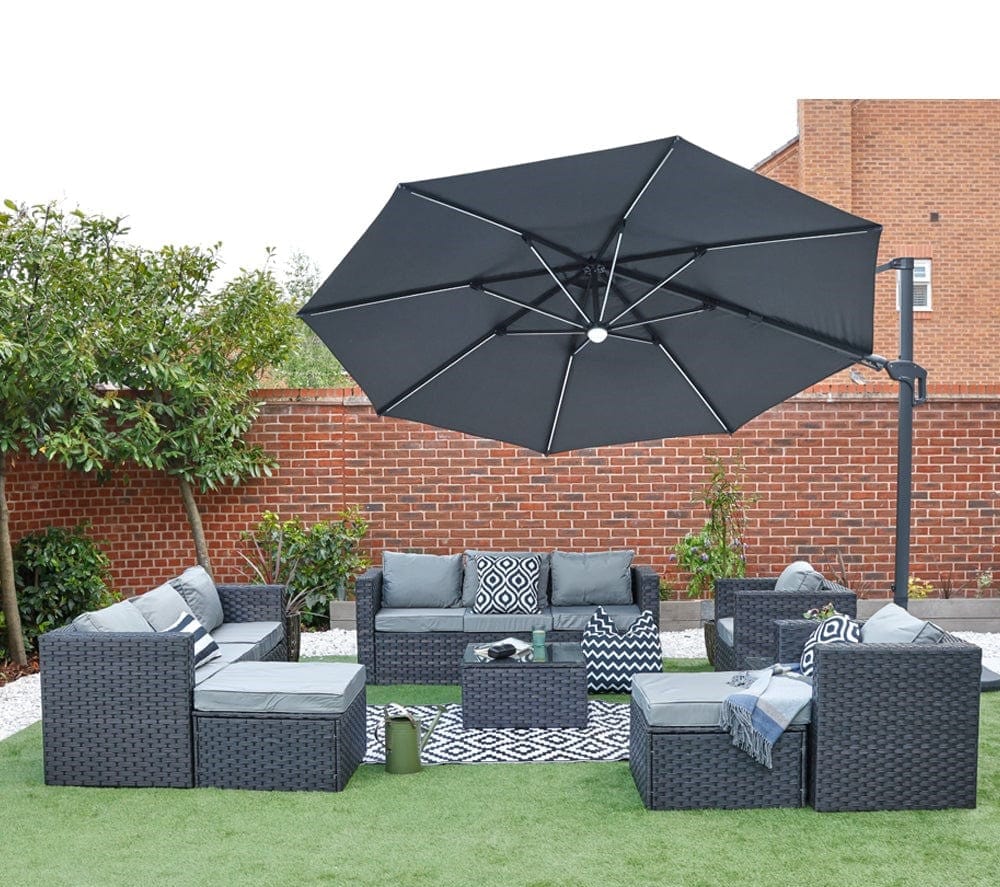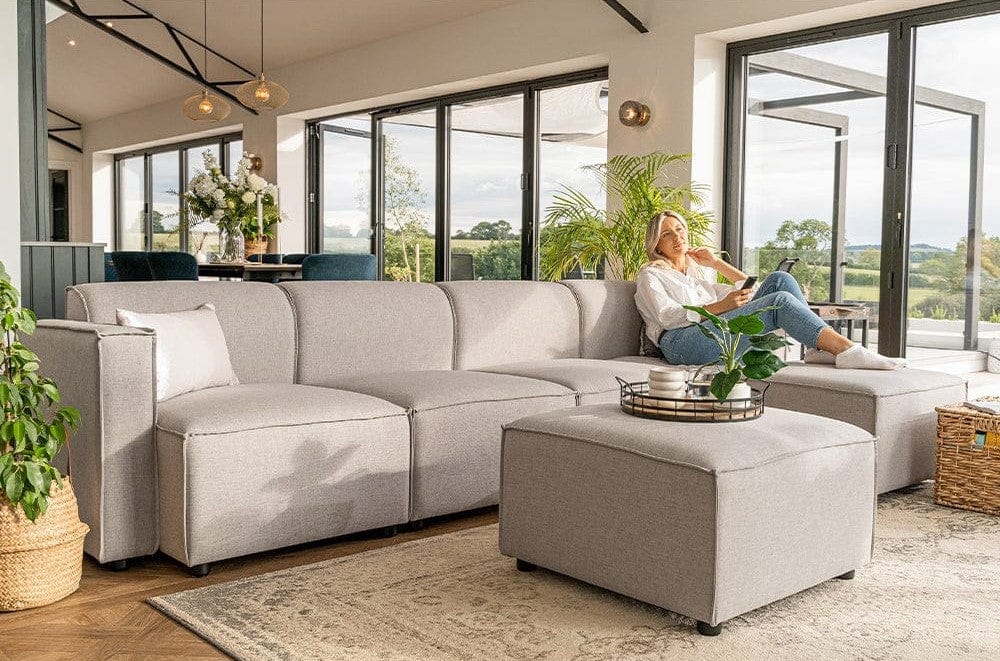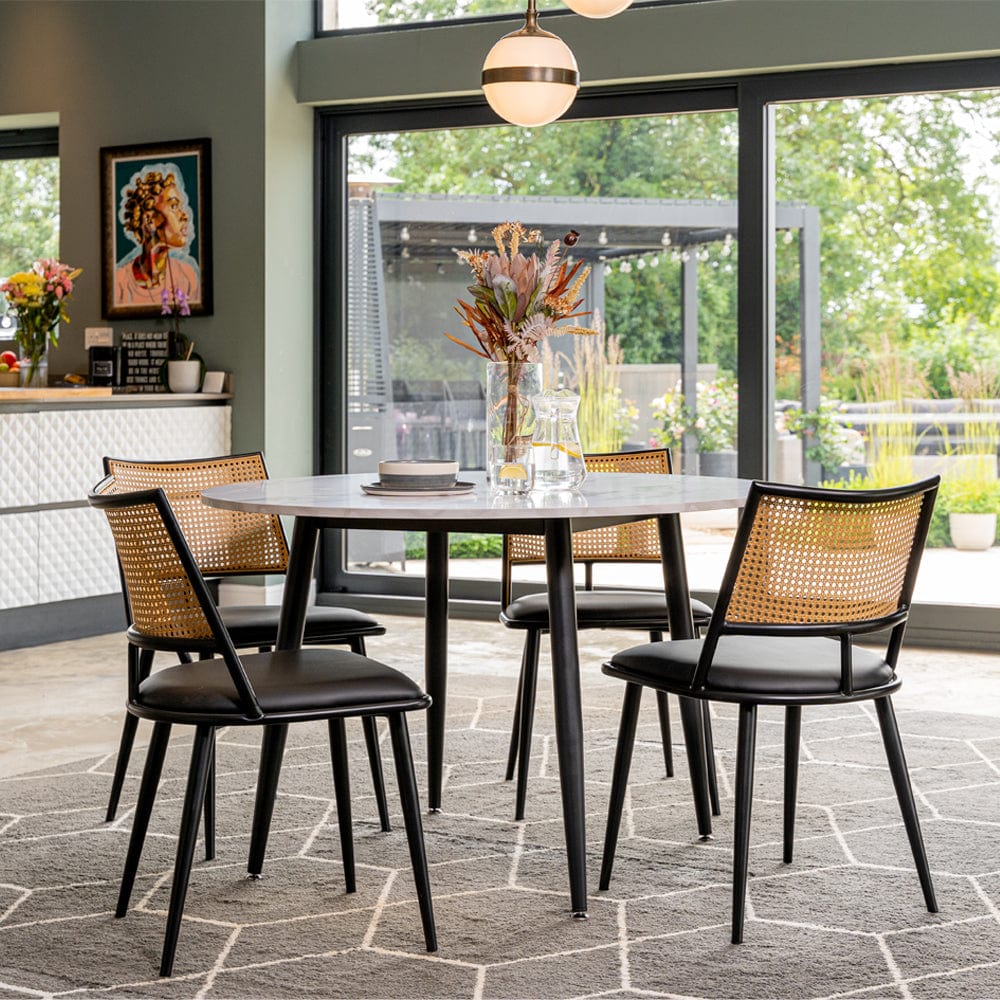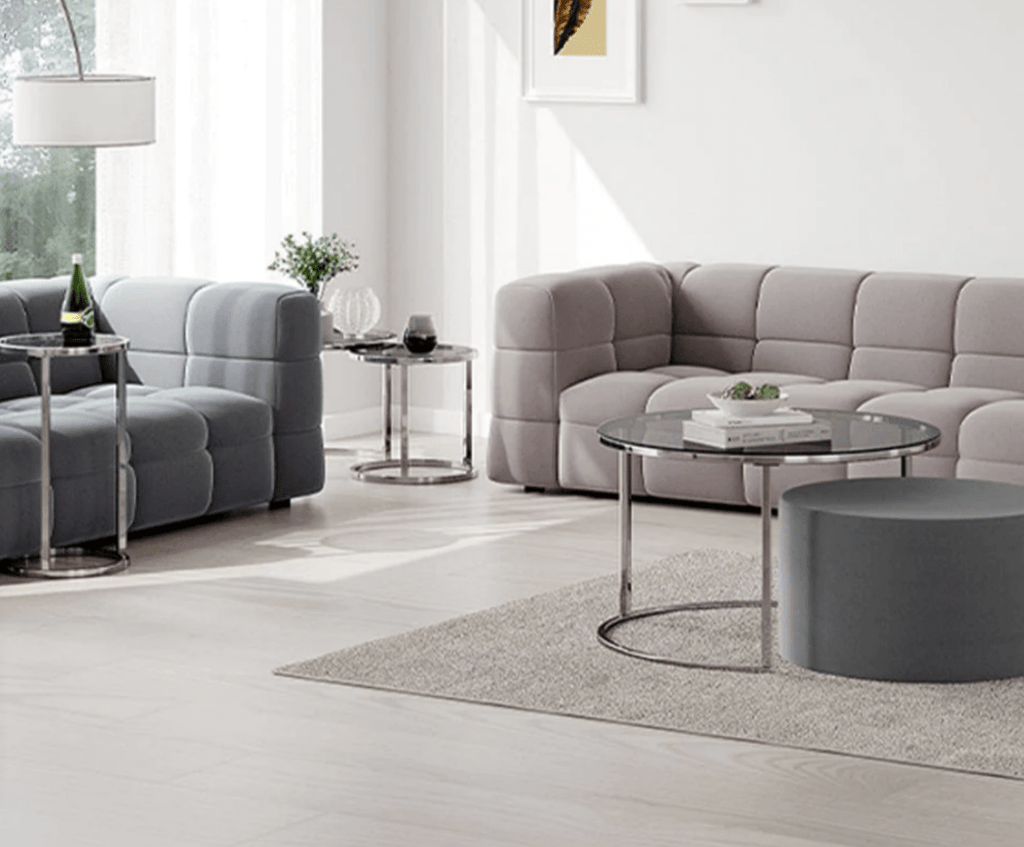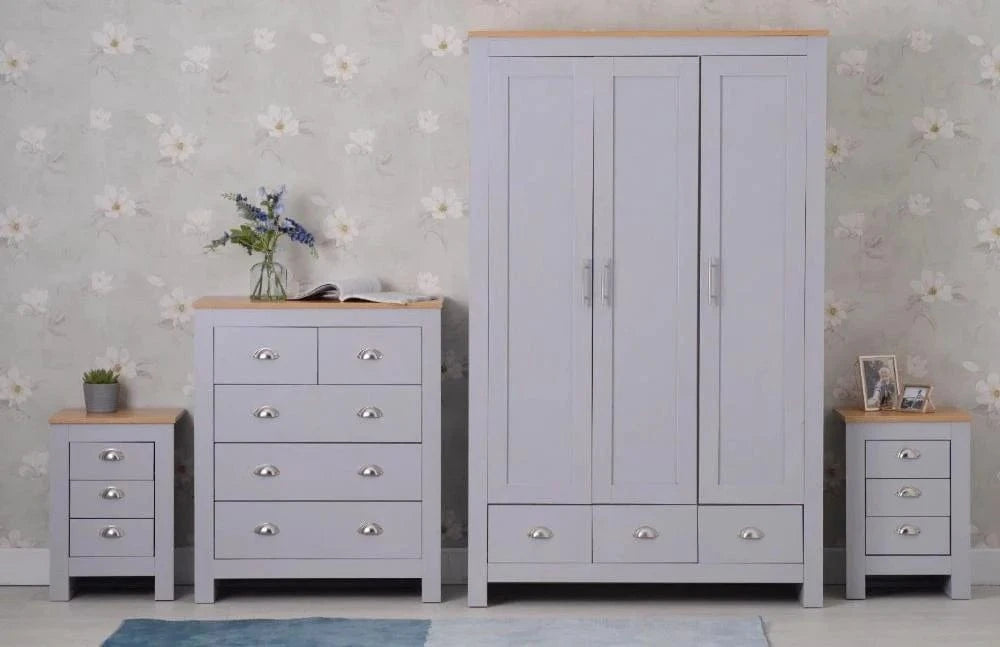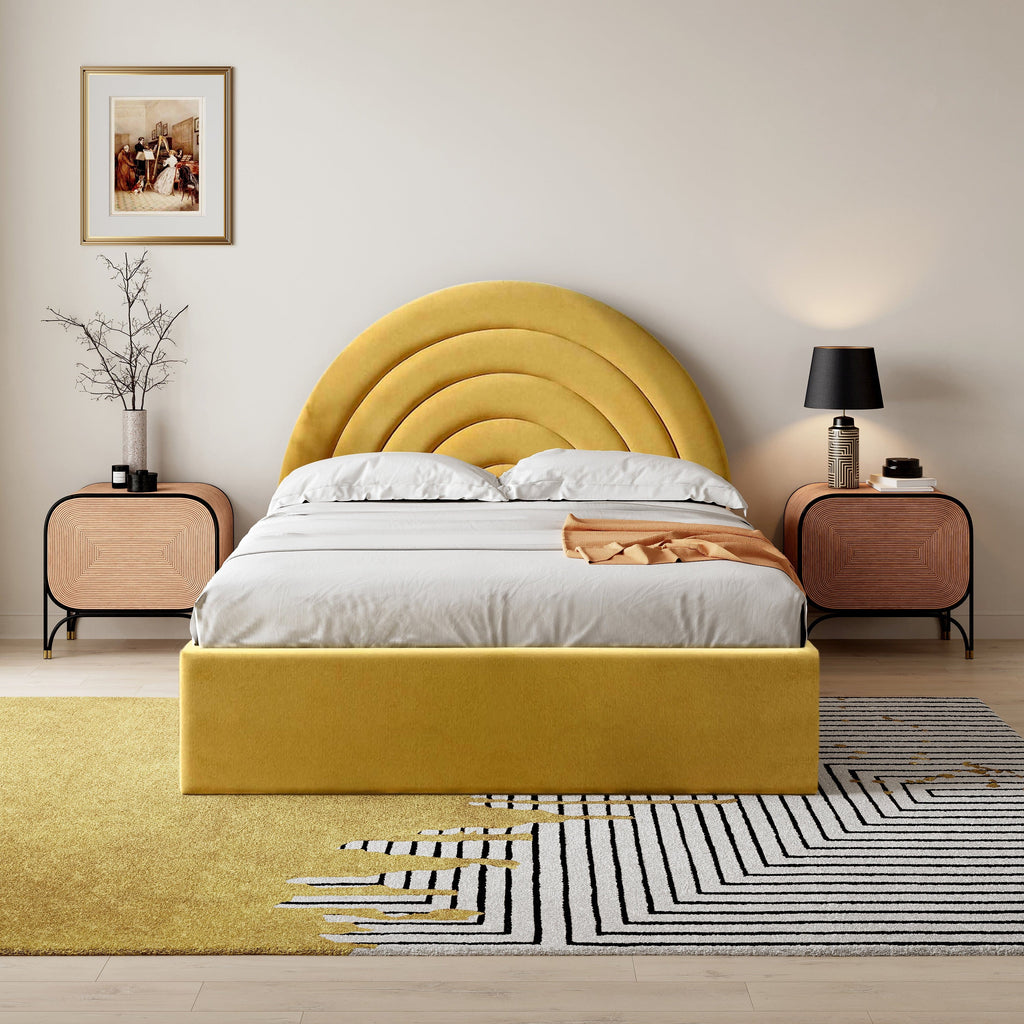How To Remove Mildew from Outdoor Furniture Cushions
Outdoor furniture helps add personality and life to your patio or deck. It’s great for when you want to relax outdoors, enjoy the weather, or even have some privacy. Having patio furniture sounds like a great idea, but it comes with its own cons. The biggest one is that your outdoor furniture can get infested with mould and mildew if not properly maintained.
Mould and mildew don’t only make your furniture unattractive. They can also create an unpleasant environment and pose health hazards. They can cause odour and even result in health conditions like asthma, allergies, irritated eyes, headaches, and even lung issues.
Fortunately, mould and mildew are easy to detect, prevent, and even get rid of. Continue reading to find out how.
How To Identify Mildew On Outdoor Cushions
Mould and mildew can grow anywhere but are prone to growing and thriving on moist surfaces. So, it’s almost inevitable that your outdoor cushions will be subjected to mildew and mould at a point in time if you’re living in a humid or rainy location.
You can identify whether your patio cushions have been infested with mould, mildew, or both, by knowing their fundamental physical properties.
Mould is a surface fungus that is primarily green or black in appearance. However, it can also appear as blue, yellow, or green stains or discolouration. It may be slimy in nature and can almost appear velvety or fuzzy. Mould also has a dirty and musty smell to it.
Similarly, mildew is also a fungal infestation. However, it appears in the form of patches that are either grey, yellow, or white. Mildew is powdery or fluffy in texture.
Prevention
It's relatively simple to prevent mould and mildew from growing on your outdoor furniture cushions. You can easily do it by following the given tips:
- Keep your cushions away from moisture.
- Let your patio cushions air dry and catch some sunlight.
- Regularly clean and maintain your outdoor furniture and cushions.
Removal
Even after preventative measures, it’s not impossible for mould and mildew to infest your outdoor furniture cushions and we've written a comprehensive guide to cleaning outdoor furniture cushions too. like those in your garden or patio. So, now you may be concerned about your outdoor furniture and may be asking something like, “how do you get black mould out of garden furniture cushions?”
Below are some methods using which you can easily get rid of mould and mildew that may be growing on your outdoor furniture cushions:
The Bleaching Method
The bleaching method is an excellent way of getting rid of mould and mildew-stained outdoor furniture cushions. This method is also great for disinfecting, as it also helps get rid of any fungi, bacteria, and germs that might be living on your outdoor cushions.
However, this method does have a few downsides. Firstly, bleach is a toxic substance. It can irritate your skin, eyes and even cause damage to your lungs when inhaled. Therefore, you’ll need to ensure you’re taking the proper safety precautions when working with bleach. These precautions involve wearing safety gear like rubber gloves, protective glasses, and an apron before you start working with bleach.
Another downside of working with bleach is that it can cause discolouration in your cushions’ fabric. So, before you start bleaching your cushions, make sure they are actually bleachable. You can carry out the following test in order to find out whether your cushions can endure bleach:
Start by adding 2 teaspoons of bleach to ¼ cup water. Apply a drop of this solution to a less visible part of your cushion. You should then wait for the blot to dry, which takes about a minute. If your cushion hasn’t changed colour by the end of this process, it means it’s safe for you to bleach it.
Materials and Tools
Once you’ve received the green flag for bleaching, you’re going to need the following items:
- Tarp (so you don’t bleach the surface beneath)
- Protective wear, including gloves, apron, and glasses
- Bucket
- ¾ or ¼ cup of bleach, depending upon your bleaching approach
- One gallon of water
- Soft-bristled brush or a piece of clean cloth
- Garden hose
- A dry area, like a driveway or patio
Instructions On How to Bleach Non-Removable Cushion Covers
- Your first step would be to place the cushions that need cleaning on a tarp. This will prevent the bleach from staining or discolouring the surface below. However, your tarp may get discoloured.
- Then, put on your protective gear.
- In a bucket, combine ¾ cup of bleach with a gallon of water. Stir the solution to mix it well.
- Dip the brush, or cloth, in the solution and wipe down the cushions. Keep applying the solution till the cushions are saturated.
- Let the cushions sit for 5 minutes.
- Using a garden hose, rinse the cushions thoroughly.
- Lastly, place the cushions to thoroughly dry in a sunny spot.
Instructions On How to Bleach Removable Cushion Covers
- Take off the covers and zip them closed.
- Make a cleaning solution using ¼ cup bleach and gallon water in a bucket.
- Fully submerge the cushion covers in this solution.
- Let the cushions soak in this solution for 5 minutes.
- Wash in hot water, using ¾ cup bleach and a detergent.
- Do not place the covers in a dryer!
- Repeat the process if you believe you’ve made some progress using it.
- Put the lid back on the cushions before they can dry.
The Borax Method
The borax method is another common way of getting mildew off cushion covers. The process involves the use of a mineral salt called Borax, that is also known as sodium borate.
This method is quick and easy to implement. It’s great for getting rid of any kind of bad odours, mildew, moulds, and dirt that may have gotten on your cushions.
However, you should not use this method if you have any pets or children around, as Borax is a toxic substance that can have lethal consequences if ingested. Furthermore, it can be mildly irritating on the skin. You can easily avoid this irritation by wearing gloves.
Materials and Tools
- Clean space to work
- Hose
- Bucket
- 1 cup of Borax
- Few squirts of dish soap
- Hard bristled brush
- Protective gloves
Instructions
- Lay the cushions on a dry surface, like your patio or driveway, that’s not muddy or grassy.
- Use your garden hose to soak the cushions in water.
- Mix 1 cup of Borax and a few squirts of dish soap in a bucket.
- Fill the bucket with cold water and mix the solution thoroughly.
- Wearing protective gloves, dip your hard-bristled brush into the mixture.
- Scrub your cushion covers vigorously.
- Let the covers sit for 5 minutes.
- Rinse the solution thoroughly by using your garden hose at the highest pressure.
- Drain excess water, then set the cushion covers to dry in a sunny spot.
The Dish Soap Method
The dish soap method is an easy and simple way of getting rid of mould and mildew. This method is great because it requires materials that are already present in every household. It's also a good choice if you don’t want to be too tough on your cushions.
However, this method is not effective in cleaning mould and mildew that’s deeply embedded in the cushions.
Materials and Tools
- Soft-bristled brush
- Multi-surface cleaner
- ¼ cup of dish soap
- Bucket
- Gallon of water
- Hose
Instructions
- Use your soft-bristled brush to remove excess mould, mildew, and dirt from the cushions.
- Spray the multi-surface cleaner on mouldy or stained areas.
- Scrub the surface cleaner into the fabric by using the soft-bristled brush.
- Thoroughly mix the gallon of water and dish soap in a bucket.
- Saturate the covers in this solution by using the brush.
- Leave for 5 minutes.
- Rinse using the hose.
- Leave to dry in a sunny spot.
The White Vinegar Method
The white vinegar method is an eco-friendly and non-toxic way of getting rid of mould and mildew on outdoor furniture cushions. It also helps prevent further mould outbreaks. However, this method is ineffective if your cushions are severely affected by mould.
Materials and Tools
- Distilled white vinegar
- Clean spray bottle
- Large bowl
- Water
- Liquid dish soap
- Sponge
- Cloth
Instructions
- Fill a clean spray bottle with distilled white vinegar.
- Spray it on both sides of the cushions.
- Let the cushions sit for 10 minutes.
- In a large bowl, mix one tablespoon of dish soap with three cups of warm water by stirring.
- Soak a sponge in the mixture before scrubbing the cushions on both sides with it.
- Rinse the cushions with a damp, clean cloth.
- Let the cushions air out and dry in a sunny spot.
- Once again, spray the cushions with white vinegar in order to prevent further mould and mildew outbreaks.
Final Thoughts
Mould and mildew can really affect the appearance of your garden furniture and even affect your health if left unattended (if you're wondering about storing your garden furniture cushions, we've written a full guide). Fortunately, it’s easy to prevent and even treat if it does start growing.
